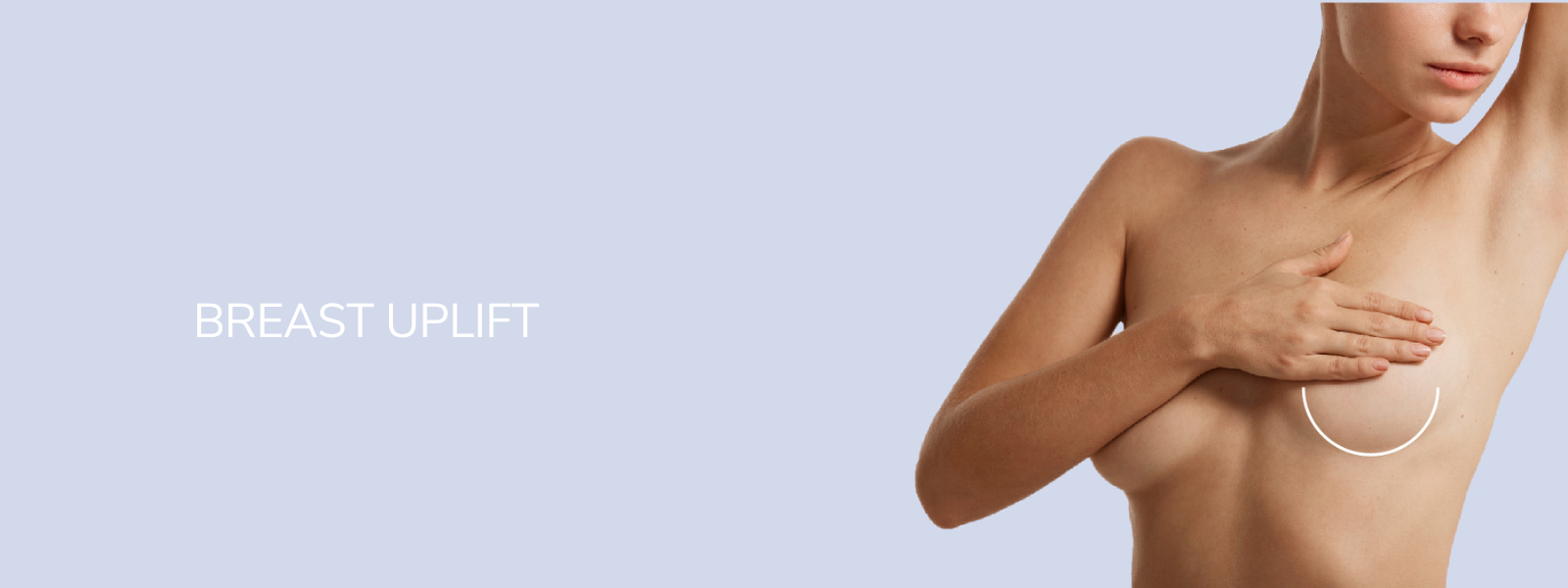
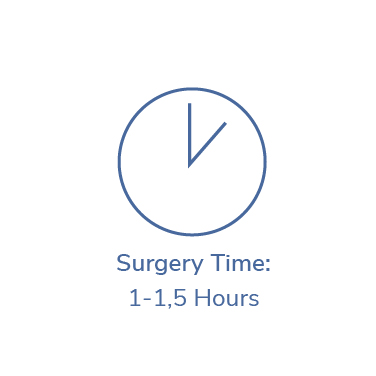





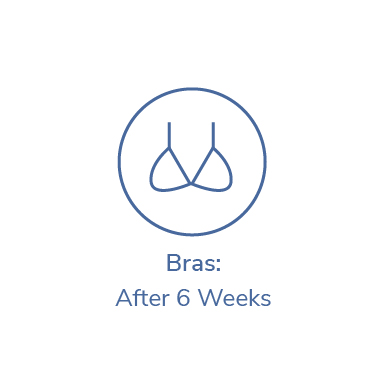
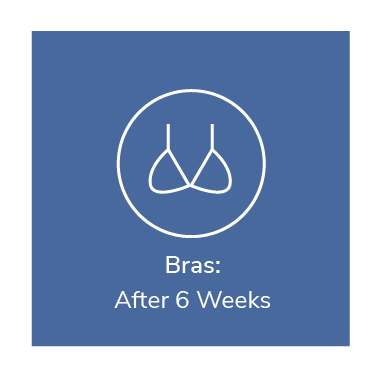






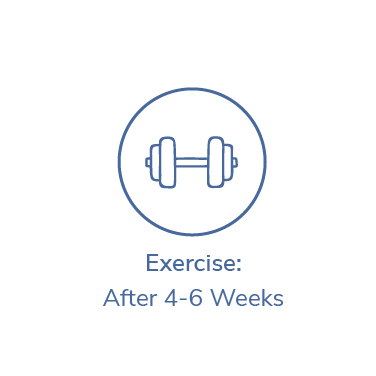
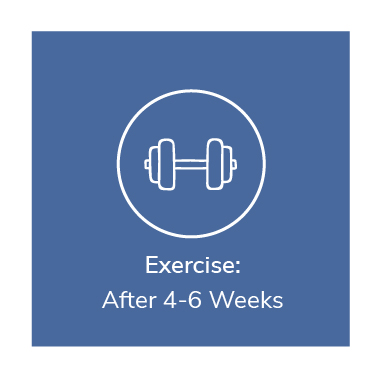

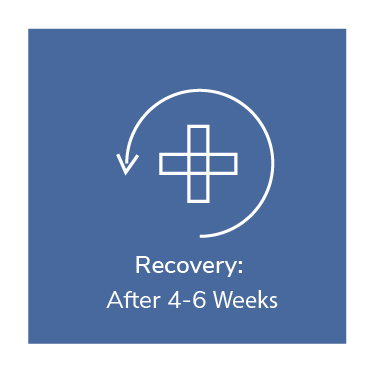


WHAT IS A BREAST UPLIFT?
A breast uplift, also known as mastopexy, is a surgical procedure designed to lift and reshape sagging breasts. It involves removing excess skin, repositioning the breast tissue, and raising the nipple-areola complex to achieve a more youthful and uplifted appearance.
It's important to note that a breast uplift primarily addresses sagging breasts and does not significantly change breast size or add volume. If you desire increased breast volume along with lifting, your surgeon may recommend combining a breast uplift with breast augmentation using implants.
A breast lift, also known as mastopexy, offers several benefits to individuals who are experiencing breast sagging or ptosis. Here are some of the key benefits of a breast lift:
Improved breast shape and contour: A breast lift procedure helps restore a more youthful and aesthetically pleasing breast shape. It addresses sagging or drooping breasts by reshaping and lifting the breast tissue, creating a more youthful and natural contour.
Lifted nipple position: Over time, the position of the nipples can descend as the breasts sag. A breast lift raises the nipple-areola complex to a higher position on the breast mound, restoring a more proportional and elevated nipple position.
Enhanced breast symmetry: Breast sagging can result in asymmetry, with one breast drooping more than the other. A breast lift can help improve breast symmetry by lifting and reshaping both breasts to create a more balanced appearance.
Increased self-confidence and body image: Sagging breasts can have a significant impact on a person’s self-esteem and body image. By addressing breast ptosis and restoring a more youthful breast appearance, a breast lift can help individuals feel more confident, comfortable, and satisfied with their body.
Clothing and bra fit improvement: Sagging breasts often make it challenging to find well-fitting bras and clothing. After a breast lift, individuals often experience improved clothing options and find bras that fit better and provide adequate support.
Rejuvenated appearance: A breast lift can help individuals achieve a more rejuvenated overall appearance. By restoring breast shape and position, it can make individuals look younger and more refreshed.
The procedure for breast uplift surgery, also known as mastopexy, typically involves the following steps:
Anesthesia: The surgery is performed under general anesthesia, ensuring you are asleep and pain-free throughout the procedure.
Incision placement: The surgeon will determine the appropriate incision pattern based on factors such as your breast size, degree of sagging, and desired outcome. Common incision options include:
- Anchor incision: This involves an incision around the areola, a vertical incision from the areola to the breast crease, and a horizontal incision along the breast crease.
- Lollipop incision: This involves an incision around the areola and a vertical incision from the areola to the breast crease.
Reshaping and repositioning: After making the incisions, the surgeon will remove excess breast skin to address sagging. They will reshape and reposition the breast tissue, elevating the nipple-areola complex to a higher position on the breast mound for a more youthful appearance.
Areola resizing (if necessary): If the areolas are stretched or enlarged, the surgeon may also resize them to achieve better proportionality with the newly lifted breasts.
Closure: Once the desired reshaping and lifting have been achieved, the surgeon will close the incisions with sutures. They may use layered sutures within the breast tissue to provide additional support.
Dressings and bandages: After the incisions are closed, the surgeon will apply dressings and bandages to protect the incision sites and promote healing.
Recovery and post-operative care: You will be given specific post-operative instructions, including how to care for your incisions, medications to manage pain and reduce the risk of infection, and when to follow up with your surgeon. It’s important to follow these instructions closely to ensure proper healing and optimal results.
Yes, it is possible to combine a breast uplift (mastopexy) with other surgical procedures, depending on your specific needs and goals. Combining procedures can be beneficial as it allows for multiple cosmetic concerns to be addressed simultaneously, reducing the overall recovery time and potentially providing more comprehensive results.
Here are some common procedures that can be combined with a breast uplift:
Breast augmentation
Breast reduction
Liposuction
Abdominoplasty
It’s important to note that combining procedures will depend on various factors, including your overall health, individual anatomy, desired outcomes, and the recommendations of your plastic surgeon. During your consultation, your surgeon will assess your specific circumstances, discuss your goals, and provide recommendations on which procedures can be safely and effectively combined.
Combining procedures can offer several benefits, such as reduced overall surgical and recovery time, potential cost savings, and the ability to achieve more comprehensive aesthetic improvements. However, it’s important to carefully consider the potential risks, benefits, and recovery process associated with each procedure and to have realistic expectations about the outcomes.


WHAT they say
Before the treatment I was always bullied about my lopsided face and bad skin condition. Thank you!
virginia hudson
Beauty has so many forms, and I think the most beautiful thing is confidence and loving yourself.
Kiesza
I had the most amazing experience, from the moment I walked in to the moment I walked out I was cared for with such compassion. All the nurses were amazing, they tucked me in bed, they poured my tea, I cannot fault them. It was like being looked after by family. My anesthetist and surgeon explained everything in detail, I knew exactly what to expect. I would definitely stay here again.
Laura
I was really pleased with the care and treatment that I received at Welbeck Hospital. My surgeon was kind and informative and explained the entire procedure to me. I recovered completely fast. I would recommend it to everyone.
Eva Elliot
FAQS
Suitable candidates for a breast uplift are individuals who are bothered by sagging or drooping breasts, have good overall health, have realistic expectations about the outcomes of the procedure, and understand the potential risks and complications involved. A consultation with a plastic surgeon is necessary to assess individual suitability.
A breast uplift primarily focuses on reshaping and lifting the breasts rather than changing their size. However, some individuals may experience a slight increase in breast volume as a result of the reshaping process. If you desire an increase in breast size, a breast uplift can be combined with breast augmentation using implants.
Yes, a breast uplift will result in scars. The extent and visibility of the scars will depend on factors such as the incision technique used and individual healing abilities. Plastic surgeons make efforts to place incisions in inconspicuous locations and minimize scarring. Over time, scars typically fade and become less noticeable.
Recovery time can vary, but most individuals can expect some swelling, bruising, and discomfort for the first few weeks after surgery. Pain medication may be prescribed to manage any discomfort. You will be advised to avoid strenuous activities and heavy lifting for several weeks. Full recovery and final results may take several months.
While a breast uplift does not directly affect the ability to breastfeed, it’s important to note that any breast surgery can potentially impact milk production and flow. If you plan to have children in the future and are concerned about breastfeeding, it’s essential to discuss this with your surgeon during the consultation.
Yes, a breast uplift can be combined with other procedures, such as breast augmentation, breast reduction, or liposuction, depending on your specific needs and goals. Combining procedures can provide more comprehensive results and reduce overall recovery time. Your plastic surgeon will assess your individual circumstances and discuss the possibilities with you.
As with any surgical procedure, there are potential risks and complications associated with a breast uplift. These can include bleeding, infection, scarring, changes in nipple or breast sensation, asymmetry, and poor wound healing. Your surgeon will discuss these risks with you in detail and provide guidance on how to minimize them.
It is possible for a breast uplift to temporarily or permanently affect nipple sensation. Some individuals may experience increased or decreased nipple sensation following the procedure. However, most changes in nipple sensation are temporary and gradually improve over time. In rare cases, permanent changes in nipple sensation may occur. Your plastic surgeon will discuss the potential risks and complications, including changes in nipple sensation, during the consultation process.







